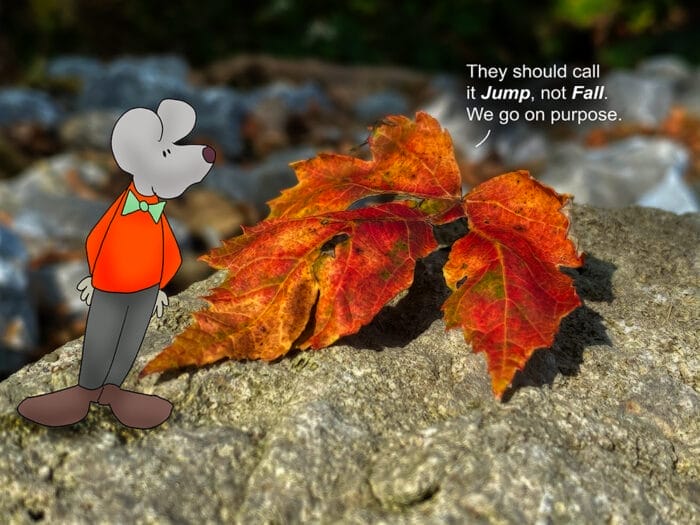I’m reading a book called The Overstory. I’ve been reading it for quite some time, as I am a slow reader and it is a long book. I am very near the end, but I can tell you, without a spoiler alert, that the underlying theme is trees.
It has made me think about trees in a new way.
People have certain aptitudes. We are funny that way. Some people walk into a kitchen and can whip up a gourmet meal out of olives and pretzel sticks. Others have lightning reflexes and can hit a moving target with a ball at most any distance. Then there are those who can add large numbers quickly in their head, or do long division in a blink of an eye.
Then there are the plant people. They can identify the flowers, the trees, the weeds, and all the other rooty beasts in our world. I continue to try, and I have learned a few, but I want in comparison to the masters of the leaves and stems. But this book has made me think about plant life — tree life especially — in a different way.
Those trees may know more than we do.
They live a long time. In fact, the oldest living organisms on earth are North America’s bristlecone pine trees. ON EARTH. Even the species scientific name — Pinus longaeva — pays homage to the tree’s longevity. There is a tree in California called “Methuselah” and it is a bristlecone. That tree is nearly 5,000 years old, and it has been around longer than any other tree. They aren’t everywhere, though. They grow in harsh environments. Only six western U.S. states have them. I’ll say it again. Five thousand years old.
There is old, and then there is wide.
Take the banyan tree. This tree is mentioned in many religious scriptures as a tree of immortality, but it is best known for its massive trunk and root system, spreading large. Large, spreading trunks. There are giant banyans in India, so big, that it takes ten minutes to walk around their trunks.
There is wide, and then there is tall.
Those redwoods. They are the tallest organisms in the world. Sequoia sempervirens can exceed 360 feet in height. But here is the thing. Though they once thrived throughout much of the Northern Hemisphere, now, today, they can only be found on the west coast from central California through southern Oregon. And another thing. They do not live more than 50 miles inland. People who care about the redwoods are measuring them all the time. But. Interestingly, these records are often kept secret to prevent the tree location from becoming public.
I would be remiss if I did not mention the sequoia. Sequoias are massive and are the largest trees on earth in terms of total wood volume or weight. The heaviest. On occasion, some have grown taller than 300 feet, but it is the giant sequoia’s huge girth that makes it a champion. Sequoias are commonly more than 20 feet in diameter, and at least one has grown to 35 feet across.
Mostly, I want to say this. Throughout history, we’ve always seen a tree as a stand-alone thing. A thing to be cut down and used for its wood and resources.
Yet, scientists have learned so much more. There is now a substantial body of scientific evidence showing that trees talk to one another. Yes. They do. Trees of the same species are communal and will often form alliances with trees of other species. They form a sort of “cooperative,” helping each other to thrive and grow, and survive. And while we always look up at their crowns, the real work they do is underneath the ground, in their roots. There is volumes written on this.
But that is the point. They are working together for the great good. At their very foundations.
I said earlier that trees might know more than people do.
These days, I’m pretty sure it is true.
==========
“The clearest way into the Universe is through a forest wilderness.”
― John Muir
===========
“The creation of a thousand forests is in one acorn”
― Ralph Waldo Emerson
============
“You are a child of the universe, no less than the trees and the stars. In the noisy confusion of life, keep peace in your soul.”
― Max Ehrmann
===========
The thing beneath the surface. It knows.
